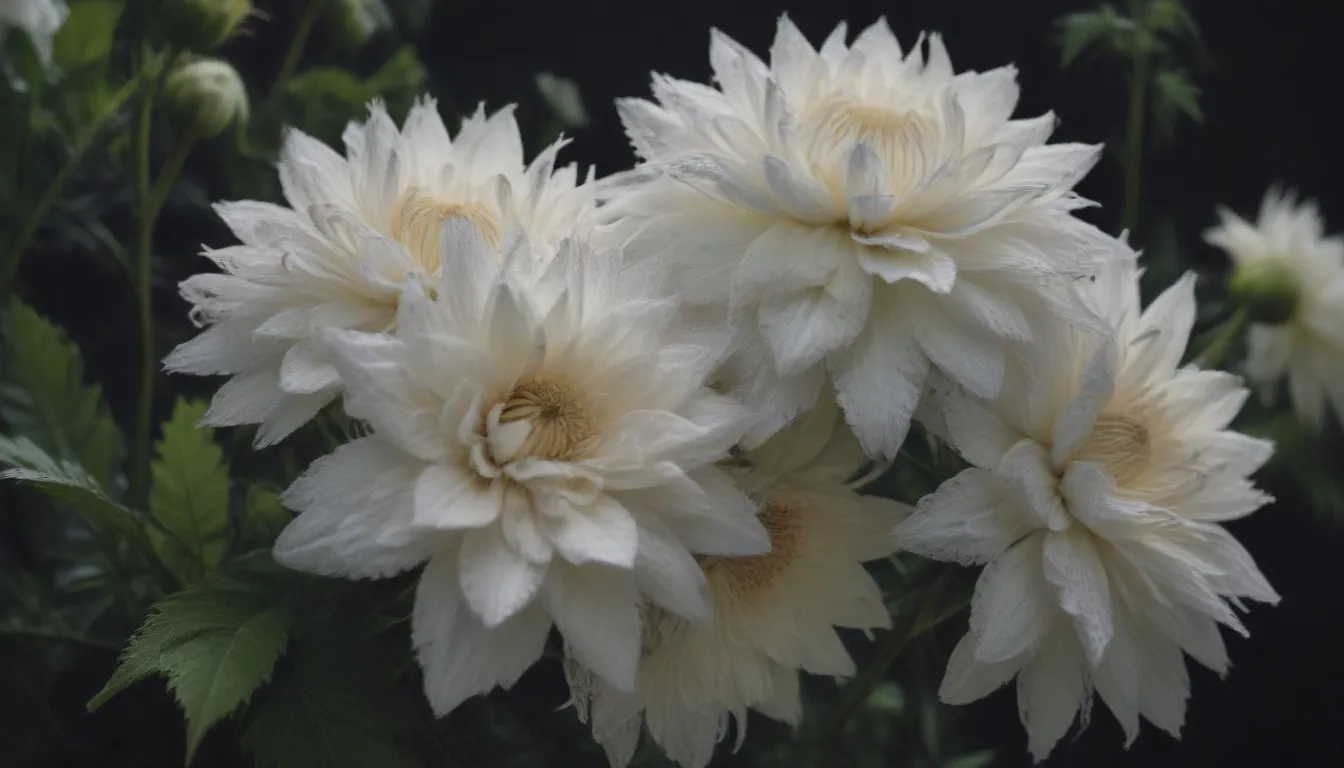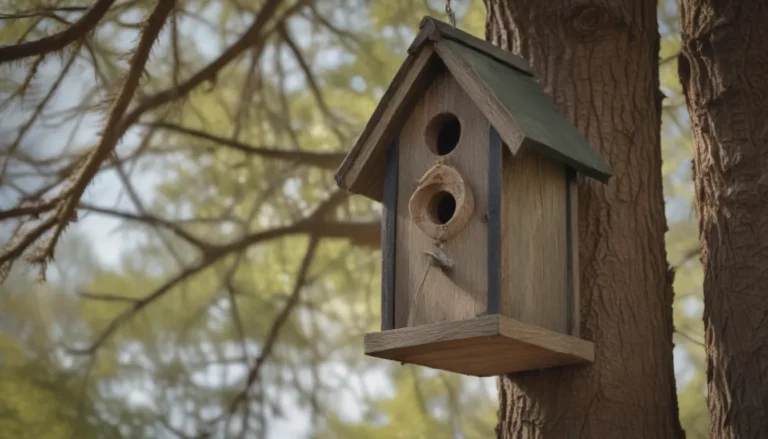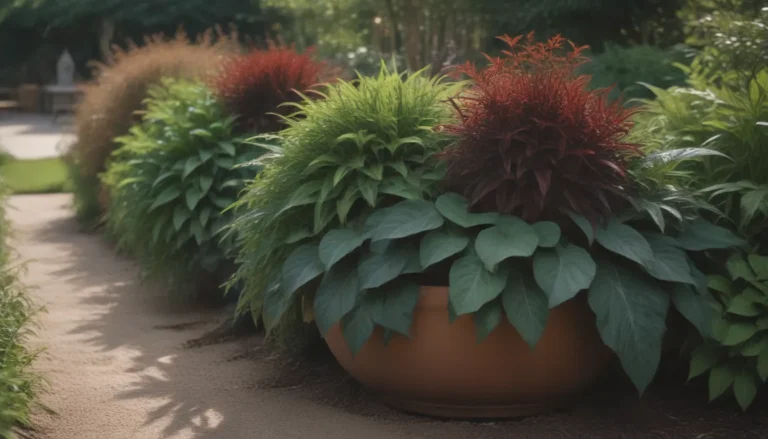The Ultimate Guide to Growing and Caring for White Lace Flowers

Are you looking to add a touch of elegance and beauty to your garden? Look no further than the white lace flower, also known as Orlaya grandiflora. This stunning annual plant is not only sturdy and low-maintenance but also produces an abundance of delicate pure white flowers that are sure to brighten up any space. In this comprehensive guide, we will explore everything you need to know to grow and care for white lace flowers successfully.
Overview of White Lace Flowers
White lace flowers are beloved for their striking appearance and long flowering period. They typically bloom from early summer until the first frost, creating a beautiful display of pure white blossoms. The flowers grow in clusters of 8 to 10 on each plant, forming a pattern that resembles a delicate lace design, hence the name “white lace flower.”
With its compact and bushy form, white lace flower is an excellent choice for small gardens. Whether you choose to plant them from potted nursery starts in spring or directly sow seeds in the fall, these plants will grace your garden with their beauty in just 65 to 70 days.
White Lace Flower Care
White lace flowers are known for their ease of growth and low maintenance requirements, making them a popular choice for gardeners of all experience levels. Here are some essential care tips to help your white lace flowers thrive:
Light
White lace flowers prefer full sun but can tolerate partial shade. To ensure optimal growth and blooming, plant them in a warm, south-facing garden where they can receive plenty of sunlight throughout the day.
Soil
For the best results, plant white lace flowers in well-drained, fertile soil. While they can tolerate nutrient-poor soils, rich soil will promote a longer bloom period and more abundant blossoms. Fortunately, white lace flowers are not picky about soil pH levels, making them versatile in various growing conditions.
Water
White lace flowers appreciate regular watering, especially during the growing season. However, be cautious not to overwater, as these plants do not thrive in soggy conditions. Once established, white lace flowers are relatively drought-tolerant, although consistent watering will ensure healthier and more prolific blooms.
Temperature and Humidity
Originating from the Mediterranean region, white lace flowers prefer warm and dry conditions. If you live in a humid or cold climate, consider planting these flowers in pots that can be moved indoors during harsh weather.
Fertilizer
While white lace flowers may not require additional feeding in nutrient-rich soils, occasional fertilization with a slow-release fertilizer can benefit plants grown in poor soils. Adding nutrient-rich compost to the soil is also an excellent way to support healthy growth and blooming.
Pruning and Propagation
Pruning
Deadheading and occasional cutting back of white lace flowers during the growing season can help extend the bloom period. While pruning is not typically necessary for these plants, it can promote continuous flowering throughout the season.
Propagation
The best way to propagate white lace flowers is from seed. Direct sowing in the garden is recommended for optimal results. Consider sowing the seeds in the fall or early spring to ensure robust plants that will bloom early in the season.
Growing White Lace Flowers From Seed
White lace flowers are hardy annuals with seeds that survive winter cold, allowing for fall or spring sowing. Autumn sowing is preferred for a chilling period that promotes early germination and blooming by early summer. If starting seeds indoors, stratify them before sowing to enhance germination rates.
Potting, Repotting, and Overwintering
Potting and Repotting
White lace flowers can be grown in medium to large-sized pots filled with standard potting mix, ideal for regions with milder winter climates. Potted plants can be moved temporarily indoors during frosty weather to protect them from cold temperatures. Remember that white lace flowers are true annuals that will eventually wither and die after blooming.
Overwintering
In colder regions, white lace flowers are typically grown as traditional annuals and discarded as cold weather approaches. In frost-free zones, these plants can survive winter outdoors without protection. However, consider bringing potted plants indoors or placing them in a sheltered area if frost is expected.
Troubleshooting Blooming Issues and Pests
If your white lace flowers are not blooming as expected, consider the following factors: inadequate drainage, nutrient-poor soil, insufficient sunlight, or overwatering. Addressing these issues can help promote healthier blooming in your plants.
White lace flowers are generally resistant to pests and diseases, thanks to their attractiveness to pollinators like the hoverfly. However, be mindful of common pests such as aphids and provide proper care to prevent infestations.
In Conclusion
White lace flowers are a stunning addition to any garden, offering beauty and elegance with minimal maintenance requirements. By following the care tips outlined in this guide, you can ensure that your white lace flowers bloom vibrantly and thrive throughout the growing season. Whether you’re a seasoned gardener or a novice with a green thumb, white lace flowers are sure to enchant you with their delicate white blossoms and lacy foliage. Happy gardening!





